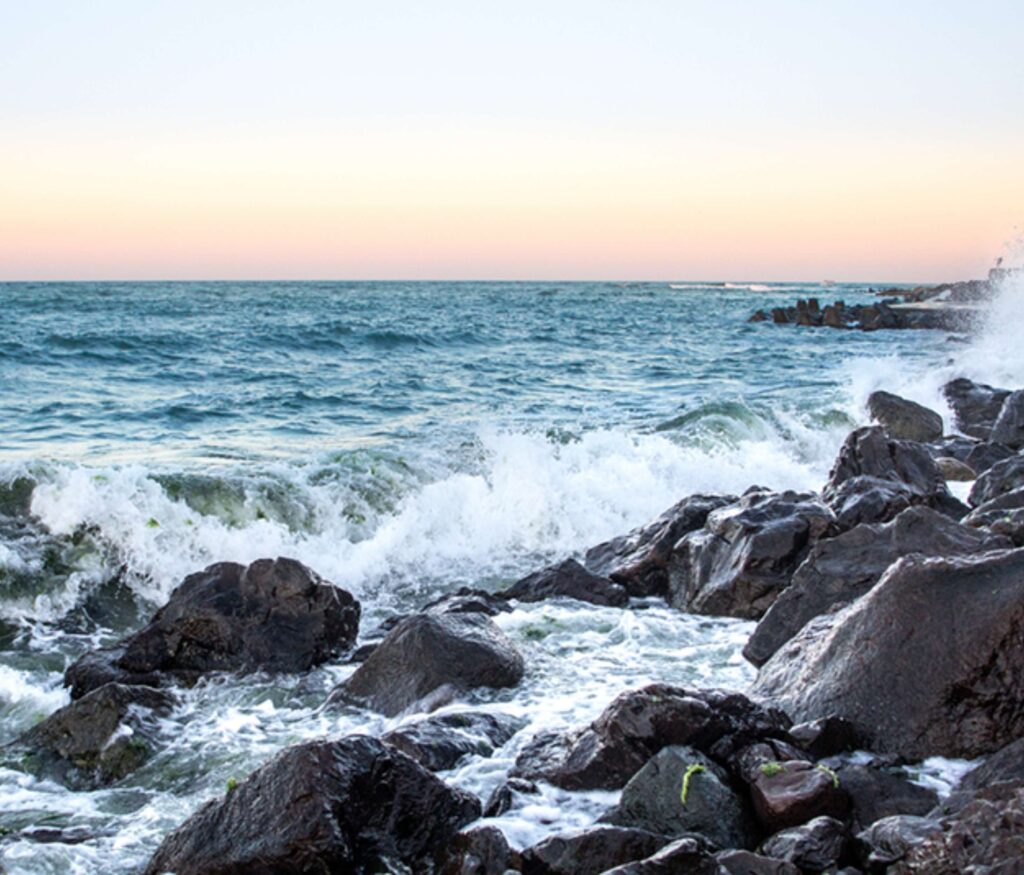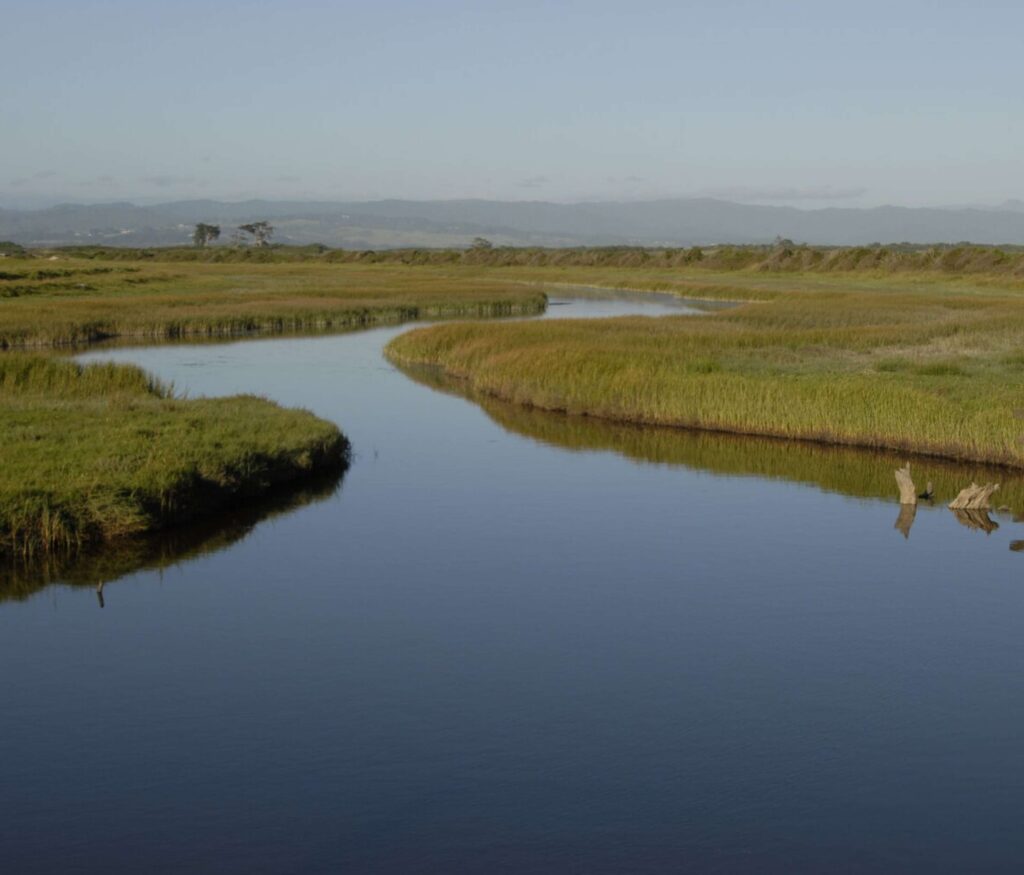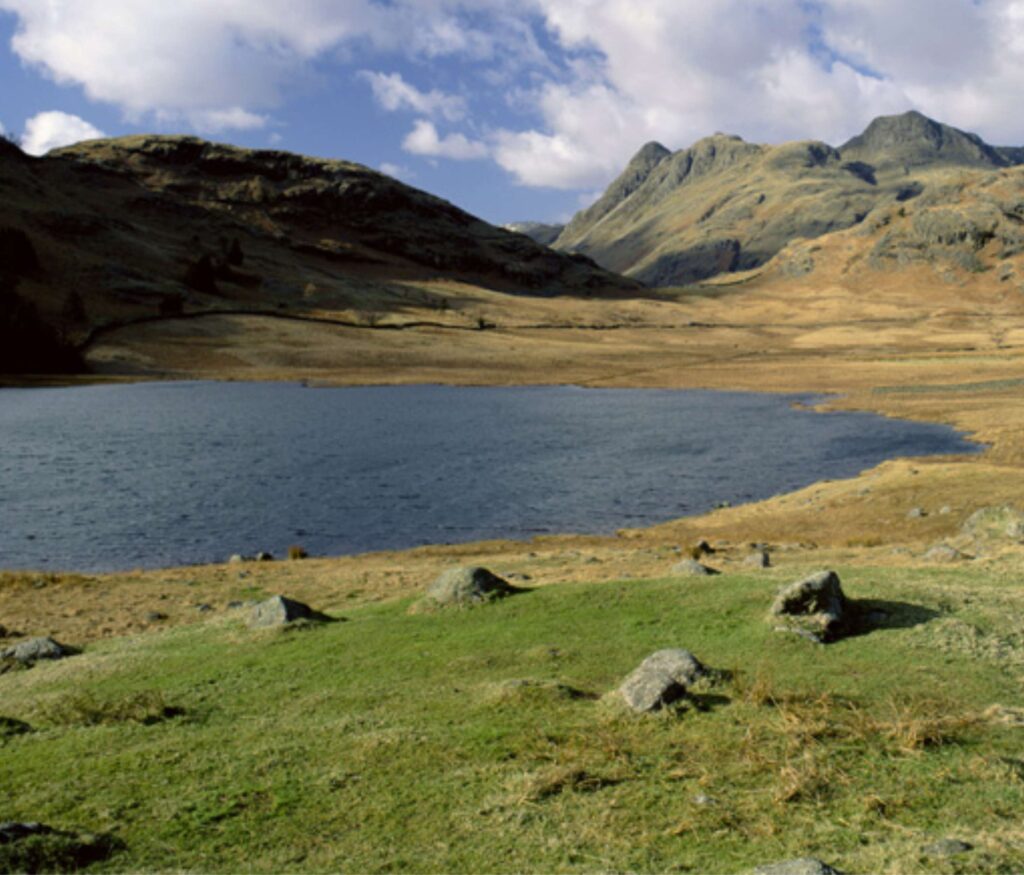Reverse Osmosis (RO) plants are a highly effective and versatile water treatment technology used worldwide across various industries to produce potable or high-quality water. Commonly associated with desalination on cruise ships or onshore freshwater production in the Middle East, RO plants handle diverse types of feedwater.
As feedwater can vary drastically depending on factors such as location, time of day, climate, understanding the different types of feedwater treated is crucial for optimising the process and ensuring the longevity of the RO plants.
When simplified, the feedwater treated can be categorised into five main types based on salinity and source: Seawater, Brackish water, Surface Water, Ground/Borehole Water and Industrial effluent.
1. Seawater
Seawater is one of the most common types of feed water treated by RO. At the higher end of salinity for feed water treated by RO, it requires a higher operating pressure system due to the osmotic pressure caused by the higher salinity.
Characteristics:
Typical Salinity – High (30,000 to 45,000 mg/l TDS)
Seawater is one of the most common types of feedwater treated by RO. At the higher end of salinity for feedwater treated by RO, it requires a higher operating pressure system due to the osmotic pressure caused by the higher salinity.
Sources – Oceans & seas

Challenges:
High TDS Levels – the high salinity of seawater means the RO plant operates at much higher osmotic pressures. This requires specific RO membranes designed for higher working pressures.
Biofouling – Marine organisms and biofilms can foul membranes. Adequate pre-treatment and a good cleaning regime are required.
Treatment Considerations:
Pre-treatment – Extensive pre-treatment potentially involving media filtration, chemical dosing (antiscalants, biocides, acids, etc…), heat-exchangers and ultrafiltration.
RO Configurations – High pressure pumps and energy recovery devices are commonly used to make the process energy-efficient.

2. Brackish Water
Brackish water, a type of feedwater treated by RO, is typically more saline than freshwater but lower in salinity than seawater.
Characteristics:
Typical Salinity – Moderate (10,000 to 20,000 mg/l TDS)
Sources – Rivers, estuaries
Challenges:
Variable TDS Levels – Feedwater chemistry tends to fluctuate , which can affect the performance of the RO plant.
Organic and Inorganic Contaminants – Presence of both organic materials and inorganic salts can necessitate certain pre-treatment steps to protect the RO membranes.
Treatment Considerations:
Pre-treatment – Typically involves filtration to remove suspended solids and chemicals to control scaling and fouling.
RO Configurations – requires membranes designed to handle moderate salinity levels and potential fouling.
3. Surface Water
While surface water is defined as any water above ground, it is a term used to define the less demanding type of feedwater treated by RO due to its lower salinity. For example, it can include water collected from rain and surface runoff.
Characteristics:
Typical Salinity – Low to moderate (1,000 to 5,000 mg/l TDS)
Sources – Lakes, reservoirs, rivers

Challenges:
Variable Quality – Seasonal changes and weather events can significantly alter the water quality.
Organic Matter – High levels of organic compounds, algae, and other micro-organisms.
Treatment Considerations:
Pre-treatment – Coagulation, sedimentation, and multimedia filtration to handle variability and organic load.
RO Configurations – standard RO systems, often with added stages for polishing the water to desired purity levels.

4. Ground/Borehole Water
Ground or borehole water is, by definition, the opposite of surface water. As a type of feedwater treated by RO, it originates from underground sources. Minerals from the ground may leach into this water, resulting in the presence of metals and other solid contaminants. Additionally, the salinity of ground or borehole water can vary significantly depending on the loaction and terrain.
Characteristics:
Typical Salinity – Variable (1,000 to 40,000+ mg/l TDS)
Sources – Underground aquifers
Challenges:
Hardness and Scaling – High levels of calcium, magnesium and other minerals can lead to rapid scaling on RO membranes.
Contaminants – may contain heavy metals, nitrates and other dissolved contaminants.
Treatment Considerations:
Pre-treatment – Softening agents, antiscalant, acid dosing and sometimes ion-exchange process to reduce hardness.
RO Configurations – Designed to handle specific contaminants based on the underground/borehole water characteristic.
5. Industrial Effluent
RO is commonly used in industrial processes for water reuse, such as recovering water from wastewater effluents. It is often combined with other processes to maximise recovery. Like groundwater, there is no typical water chemistry as it is dependent on the industrial process.
Characteristics:
Typical Salinity – Variable (1,000 to 10,000+ mg/l TDS)
Sources – Wastewater from manufacturing, chemical process and other industrial applications.

Challenges:
Complex Contaminants – can include a mix of organic and inorganic compounds, heavy metals and other pollutants created from the industrial process involved.
Concentrated waste – depending on the waste management in the area, the management of the concentrated (smaller volume) waste needs to be considered.
Treatment Considerations:
Pre-treatment – Often includes oxidation process, chemical precipitation and biological treatments depending on application.
RO Configurations – Tailored to handle specific effluents with appropriate membrane selection and system design to ensure durability and recovery.
RO is a highly adaptable technology for many different types of feedwater. While each type of feedwater treated poses its own unique challenges, with the ever-evolving advances in RO technology such as DuPont DesaliTec’s Closed-Circuit RO, the flexibility of RO technology becomes greater and greater. As experts in RO technology, we are confident in our design and capability to meet your requirements, no matter the type of feedwater that needs treating. Contact us at sss@saltsep.co.uk or +44 (0)1706 655522 to discuss your water treatment needs.